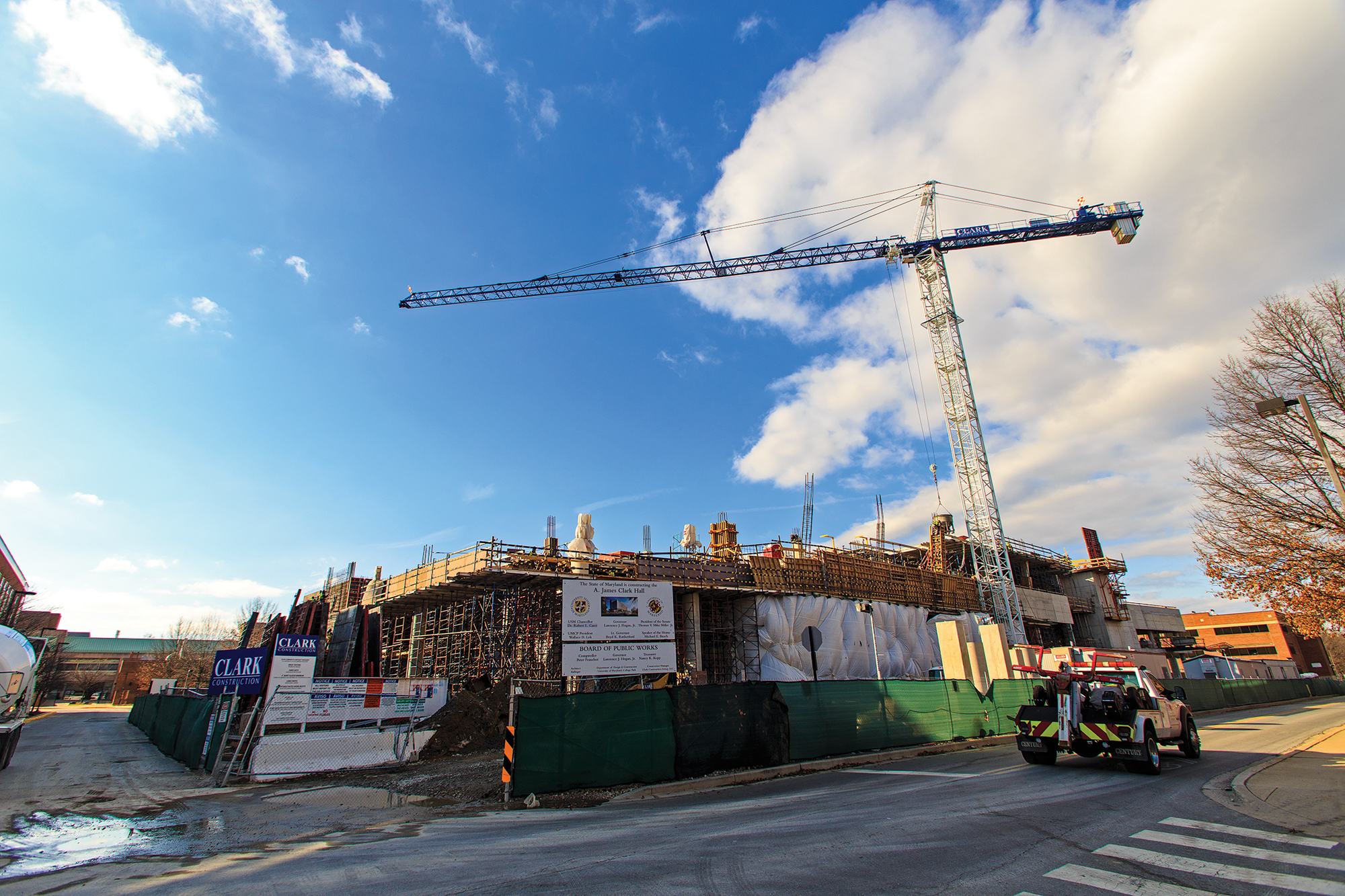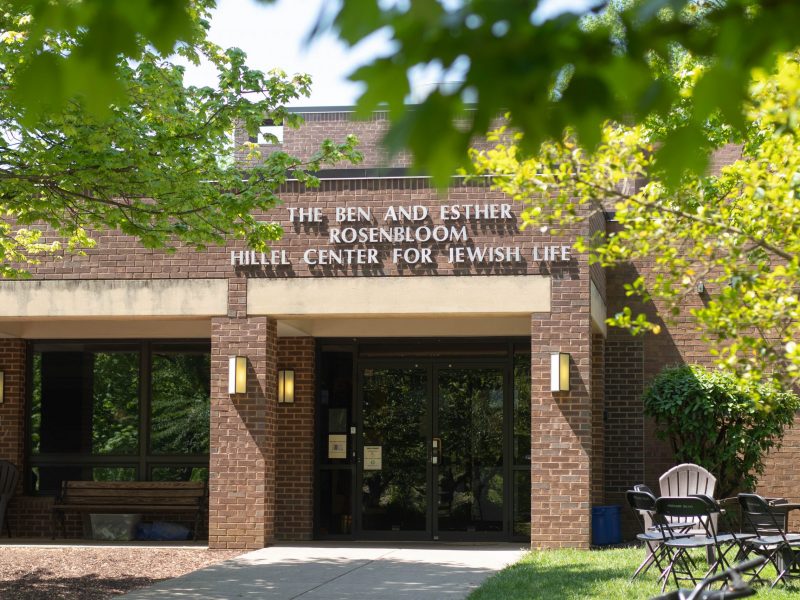The University of Maryland announced last week it will use a record-level, multi-million dollar grant from the National Institutes of Health to open a center for studying the applications of 3-D printing on regenerative medicine.
The $6.25 million grant establishes the Center for Engineering Complex Tissues, where university researchers will collaborate with Rice University and the Wake Forest Institute for Regenerative Medicine to study how 3-D printed materials can be used to reengineer human tissue. Darryll Pines, dean of this university’s engineering school, said the grant is the largest the engineering school has ever received from NIH.
The new center will be located in the A. James Clark Hall when the hall’s construction ends in September, Pines said. John Fisher, bioengineering professor and Fischell Department of Engineering chair, will be the center’s director and what he calls the “principle investigator” of regenerative medicine there.
Using 3-D printing technology to produce human cells, or bioprinting, has major implications for the medical industry, Pines said. Successfully bioprinting human organs would essentially solve the problem of organ donor shortages.
[Read more: A UMD center signed a $64.8 million agreement with NASA to expand its Earth systems research]
“It’s revolutionary because if this works, it would save thousands of lives — millions of lives, possibly,” Pines said.
A 3-D printer turns a digital model of an object, created in a computer-aided design package, into a physical object by laying down successive layers of material until it is complete.
Pines noted bioprinting is still in the “embryonic” stages of its development. The earliest practical applications for bioprinting include the 3-D printing of replacements in bone and cartilage, he said. Those in need of hip or knee replacements — such as women, who are more likely to suffer from osteoporosis — would benefit from the ability to 3-D print bone replacements customized to each patient.
“3-D bioprinting could really help sustain their lives even longer by growing new cells in their own bones to make them stronger,” he said.
Such developments could come within five to 10 years, he said, while bioprinting organs is still a long way down the road.
[Read more: A UMB professor lost his research eligibility after multiple retractions]
While the center will not be producing materials such as tissue and bone parts, it will be engaging in fundamental research in the field of regenerative medicine. Researchers from multiple university departments will focus mainly on researching stem cell culture, Fisher said. Pines noted that research will also seek to determine what materials or combinations of materials are compatible with the body and act like natural cells would.
“When you’re printing cells, you need all the infrastructure for cell culture, so it’ll have those facilities as well,” Fisher said. “So it’ll be a materials lab, as well as a cell culture lab and a printing lab [for cells].”
Some of the existing 3-D printers on the campus in the Terrapin Works collection will be moved to the new center, Fisher said. There are 23 different models of 3-D printers at the seven locations on the campus.
Anyone at the university can use the campus’ 3-D printing facilities to turn their ideas into models, said Nathanael Carriere, operations manager at Terrapin Works. Engineering, art, architecture and biology students alike make use of the 3-D printers, as well as campus-based startup companies. Seeing physical 3-D prints of MRI scans helps biology students understand them in ways that just looking at the scan cannot, he said.
“It should really be seen as a resource that should be in every engineer’s toolbox,” Carriere said.
Fisher called the grant application process, which he first started in spring of 2014, a “war of attrition,” adding that he had to try two or three times to receive the grant for the center. Pines said the fact that the A. James Clark Hall would include facilities built specifically for biomedical and bioengineering purposes was a major contributing factor in securing the grant.
The NIH has not established any other centers with as broad a focus on bioprinting as this one, Pines said.
“The NIH has invested in Rice, Maryland, and Wake Forest and the collaborative team,” the dean said, “to develop the enabling technology through bioprinting that may enable that whole host of applications that could really enhance and save lives in the future.”



